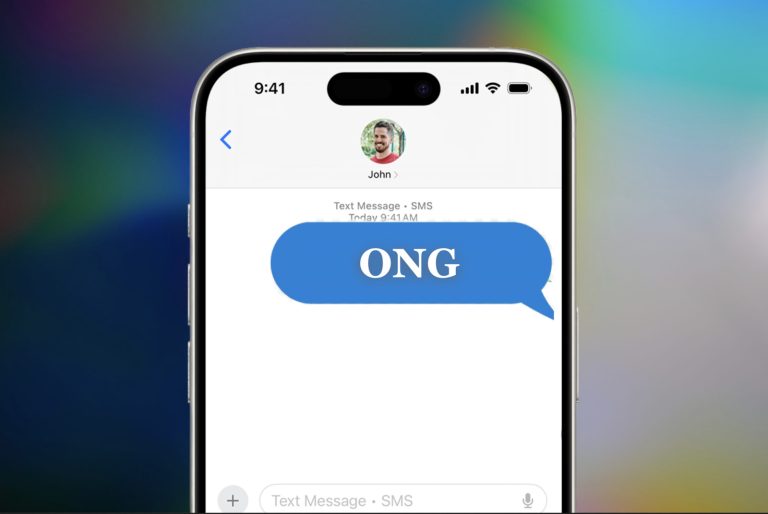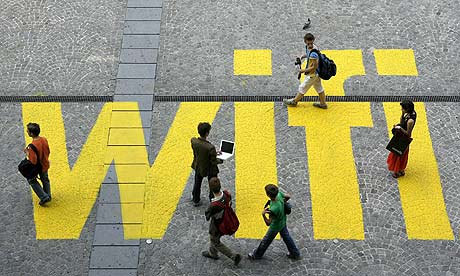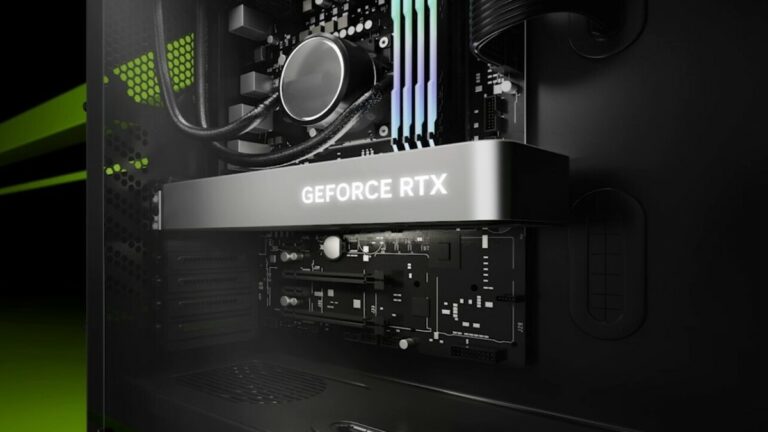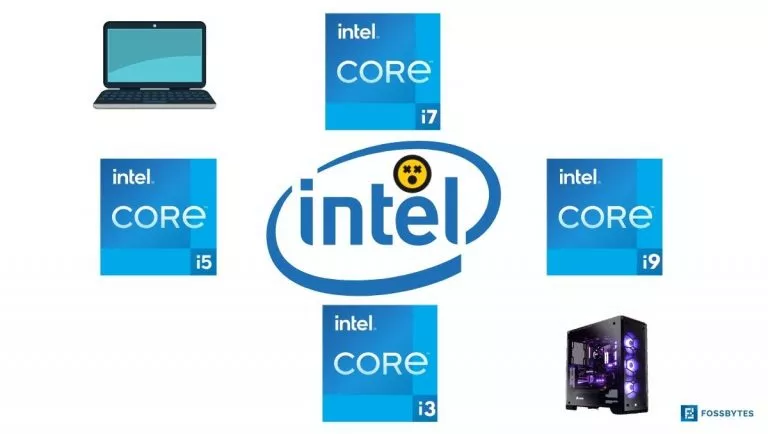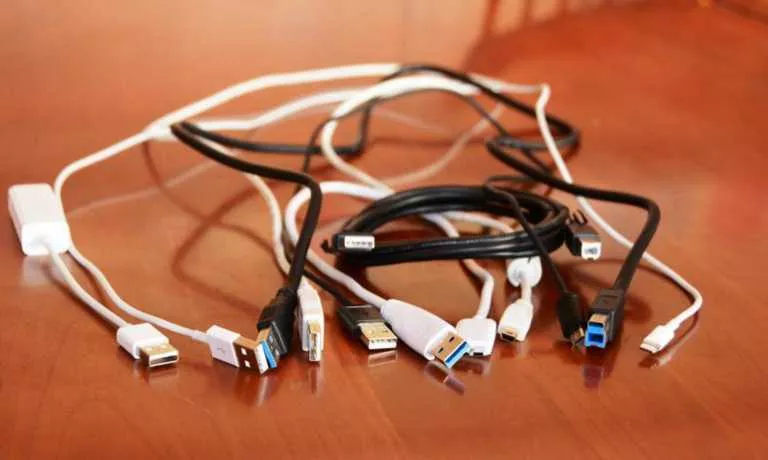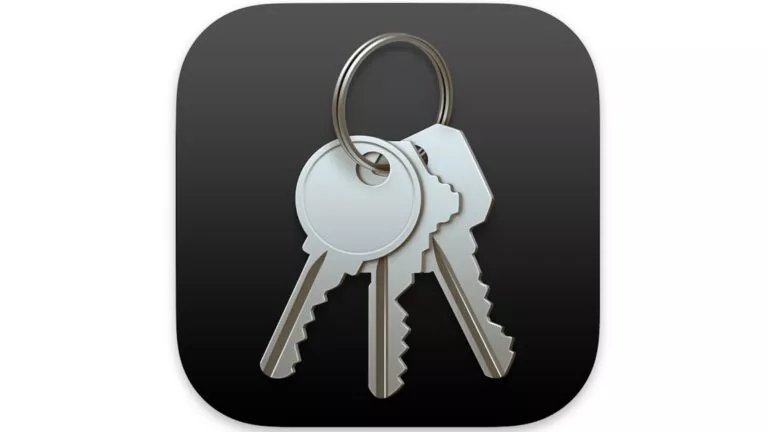Physical Layer Of OSI Model: Working Functionalities and Protocols
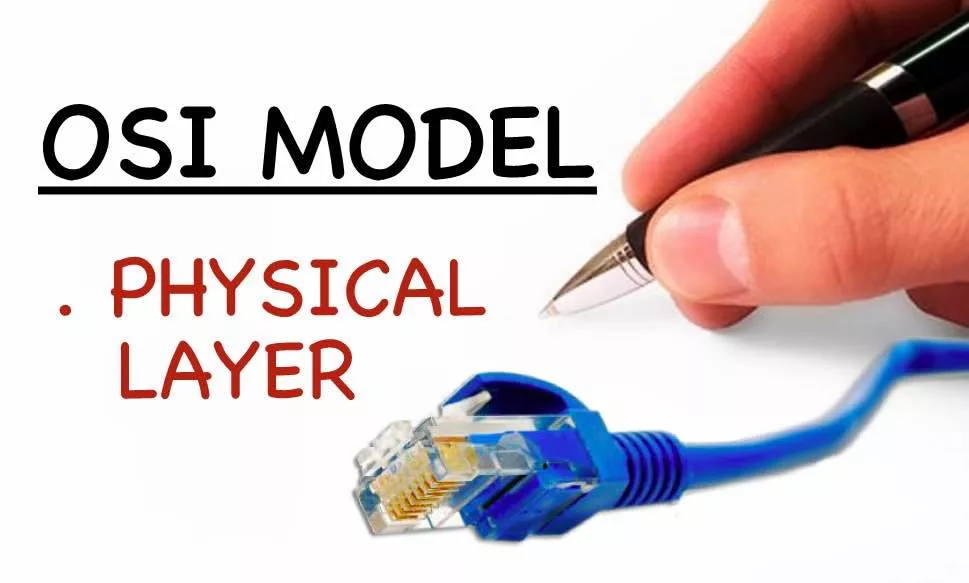
 Short Bytes: Why the physical layer is so important in the OSI model? What roles are played by this lowermost and the first layer of the OSI model? We will take a deeper look into the same and we will see everything in details.
Short Bytes: Why the physical layer is so important in the OSI model? What roles are played by this lowermost and the first layer of the OSI model? We will take a deeper look into the same and we will see everything in details.
Physical layer truly justifies its name because it's actually physical in nature and tangible as well. For example, the network cable that you see is a part of the physical layer, The female adapter of your NIC or the network card of a computer is a part of the physical layer.
So, let's go further and take a look into what all basic things physical layer does and what protocols are run at the physical layer.
Physical layer functionalities:
-
Bit by bit delivery
The Physical layer is responsible for the bit by bit delivery of the data to its upper layer called MAC layer. We, very well, know that physical layer receives the data in terms of signals or the radio signals or the optical signals. The physical layer is responsible for delivering those signals from a cable, a wifi router or an optical fibre.
-
Line coding
The process for converting digital data into a digital signal is called Line Coding. Let's understand it this way:
A traffic police is deployed at different locations. All the different locations are connected by the different roads. Some roads are single; some roads are double; some roads are busy etc. Now, it is the job of the traffic police to maintain the traffic according to the road condition.
Similarly, as we know, our computers generate data in the forms of '0's and '1's. And, there are different varieties of cable that carry data from our computer to the switch or a nearby port. In this case, an encoder is responsible for encoding the data before releasing them on the different wires just like a traffic police. In the same way, a decoder will similarly extract those data from the different wires and make them readable to the computers.
-
Signaling
Well, another important thing the physical layer has to handle is the signalling. The physical layer handles signalling using the start bit and the stop bit. Start and stop bits are the special bits that define that a packet has been transferred and now, it is next packet's turn.
-
Circuit switching
In this vast world of the internet, there are billions of devices connected to the internet. Let's say, I want to render a number of pages from the server of fossbytes.com the how do I do that?
Well, that's when circuit switching comes handy. The circuit switching establishes a permanent virtual channel link between two nodes until they tear down the connection.
-
Carrier sense and collision detection
In protocols like CSMA/CA or CSMA/CD physical layer detects if the carrier is free to receive data or not. Well, of course, it is the physical layer only which works as a carrier for the data. So, in a working environment, the physical layer makes sure that two nodes do not send data at the same time. Sending data is more like releasing signal on the electric wire.
If you remember bus topology, if two nodes release electrical signal at the same time, it'll result in an electrical signal collision and data loss. Thus, physical layer detects and avoids data collision.
Some of the other Physical layer's functions are:
- Channel encoding
- Simplex, half duplex or full duplex transmission mode
- Point-to-point, multipoint or point-to-multipoint line configuration
- Multiplexing
- Error correction etc.
Also read our complete coverage on the Computer Networks.

